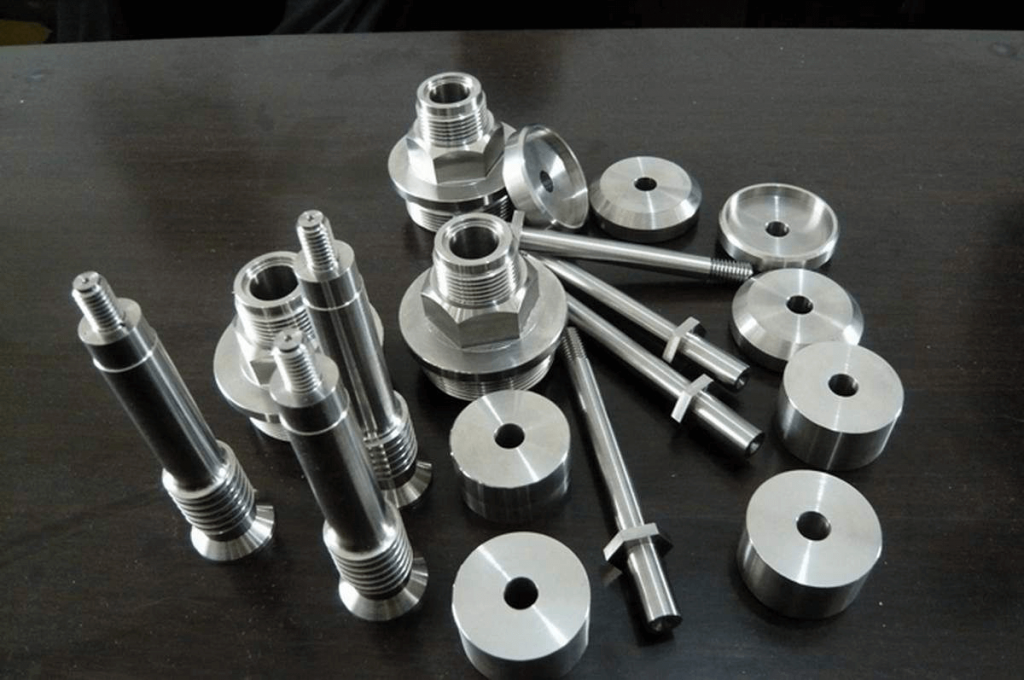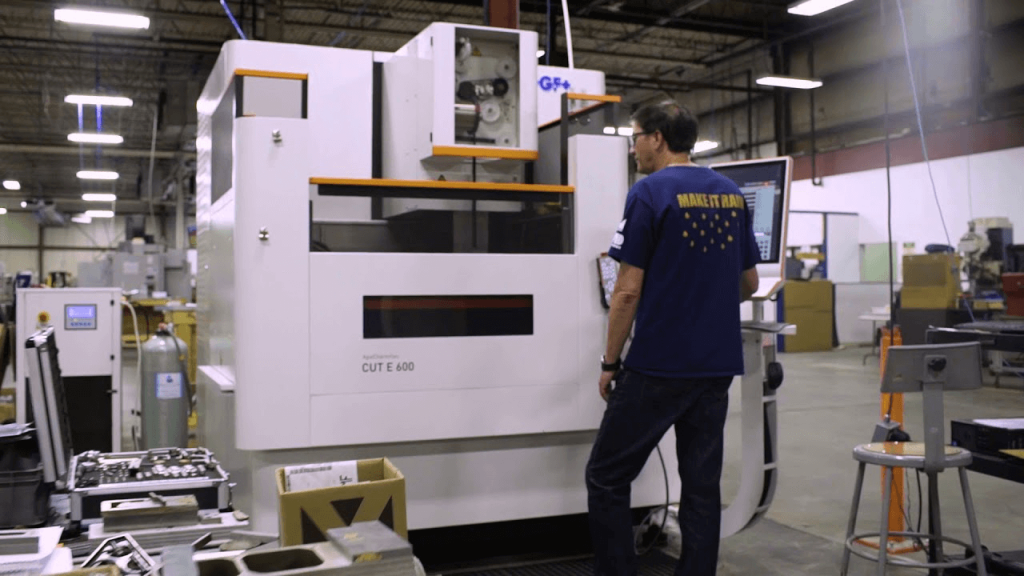Prototipo rápido de piezas CNC: los pros y los contras de utilizar el mecanizado CNC
Prototipo rápido de piezas CNC: ventajas y desventajas del mecanizado CNC
Las ventajas de utilizar el mecanizado CNC
La creación rápida de prototipos ahora lidera la industria de fabricación. Existen varias técnicas para crear prototipos de alta calidad, precisos y funcionales. La técnica de prototipo rápido de piezas CNC es una de ellas. Las técnicas que utilizan el mecanizado CNC para crear prototipos muy cercanos a los productos reales.
Below, we are going to talk about the advantages and the disadvantages of prototyping via CNC machining. So, without any further delay, let us get started!
Merits and Demerits
For starters, let us focus on the advantages of prototyping using the CNC machining.

Advantages of CNC Rapid Prototype
File to Prototype
With CNC machining it is possible to effortlessly transfer your ideas from file directly to 3D prototypes. After all, CNC machining is a digital technique responsible for creating parts using computer file information. Therefore, the engineers are sure that the machining prototype would be close to the digital 3D design.
It is possible to use the same design with the same dimensions to create the final parts. With CNC machining, the degree of repeatability is impressive and high. In addition, when using digital designs, it is extremely easy to make alterations.
Incase there is a problem with the machined prototype. For example, it exhibits a certain physical deformity. The engineers would head back to the CAD software and make all the required changes to eliminate the errors in the next prototype.
It is possible to create multiple versions side by side. Furthermore, the simulation software would help identify how a certain part would work in the real world.
Consistency and Quality
We understand that there is no perfection in the real world, even the computers are not perfect. However, the machinery controlled by the computers tend to function exactly as they are directed to do so, unless there is some error or it breaks down.
There are several prototypes processes that rely on human skill, in that case, there is always a chance of error. CNC machining, on the other hand, is a fully automated process. It would follow the guidelines to perfection.
What more is that the technique ensures high-equality repeatability accuracy. It means that it can yield the same result over and over without any difference. Since the machine can run the same job the second time with minimal changes, therefore, it is an excellent choice for the prototype’s new iterations.
After all, with automated machinery, manufacturers are able to guarantee consistency. Something that is imperative not only for CNC parts Rapid Prototype manufacturing, but also for mass production.
Range of Strong Materials
In case the prototype does not have any mechanical purpose, it is wise to use a 3D printing technique for its creation. After all, 3D printing is an effective technique to create prototypes. It offers high-strength part and it affordable.
Using 3D printing, you can create prototypes overnight. However, when it comes to material options, the 3D printing techniques of limited material options especially in comparison to the machining techniques.
Con el mecanizado CNC, obtiene acceso a una gama de materiales compatibles. Estos materiales ofrecen robustez, calidad y durabilidad. La gama de materiales también incluye varios metales. La siguiente tabla muestra algunos de los materiales de mecanizado CCN.
| Rieles | Plástica |
| Aluminio | SECCIÓN |
| Acero inoxidable | PÁGINAS |
| Acero | ordenador personal |
| Magnesio | PD |
| Zinc | PMMA |
| Titanio | POM |
| Bronce | PCGF30 |
| Latón | PAGF30 |
| Cobre | Teflón |
| HDPE | |
| LDPE |
El prototipo rápido de piezas es similar a la pieza final
Una de las principales ventajas de utilizar un mecanizado CNC para la es que genera prototipos que son extremadamente similares a las piezas finales. Después de todo, estas máquinas son capaces de crear productos de los usuarios finales junto con prototipos, por lo tanto, los prototipos estarán cerca del producto real.
This is something that other prototyping techniques are unable to achieve thus far. One reason behind this is the diversity in terms of materials. As some materials are extremely machinable, thus they allow the engineers to create prototypes using similar to the same material that is required for the final part.
Moreover, the machined parts are robust and they don’t exhibit any sort of weakness. Creating prototypes that are close to the actual product in terms of looks and functionality reduces the time to market. Mainly because you will not have to make any changes in the final product as the prototype is really close to it.
Disadvantages
Despite all the advantages it offers, the CNC machining technique has some limitations.
Expensive
When you compare the CNC machining technique to the 3D printing technique, it is expensive. After all the machining centers require large pieces of machines and this machinery requires hefty amount of energy and power to function.
This is perhaps the main reason why engineers sometimes prefer using 3D printing for prototyping. Even though, they would be using machinery for mass production.
Geometrical Restrictions
Even though the 4-axis and the 5-axis machining centers offer a lot of geometrical flexibility. However, these are not enough, especially when the prototype requires elaborated structures having extremely complex internal geometries.
In this case, we suggest you opt for the additive manufacturing process. This process comes with limited restrictions and it would help you yield the respective results.

Material Waste
This is perhaps the biggest problem with CNC parts rapid prototyping manufacturing. Being it a subtractive process, a higher quantity of material is required. However, not all the amount of material is utilized.
Some of the material is wasted and it ends up as plastic or metal chips. Los fabricantes then have to dispose of these chips. However, this is not the case of the additive prototyping process. They do not have any material wastage until there is a print failure and the process need to be repeated.
Entonces, cuando utiliza el proceso de creación de prototipos de mecanizado, incurriría en un mayor costo de material. Principalmente porque la cantidad de material utilizado es alta junto con su desperdicio. Sin embargo, para reducir el desperdicio de material, los fabricantes de no buscan formas de reciclar los chips de manera efectiva.
La venta de los materiales reciclados también ayuda a recuperar el costo del material.



